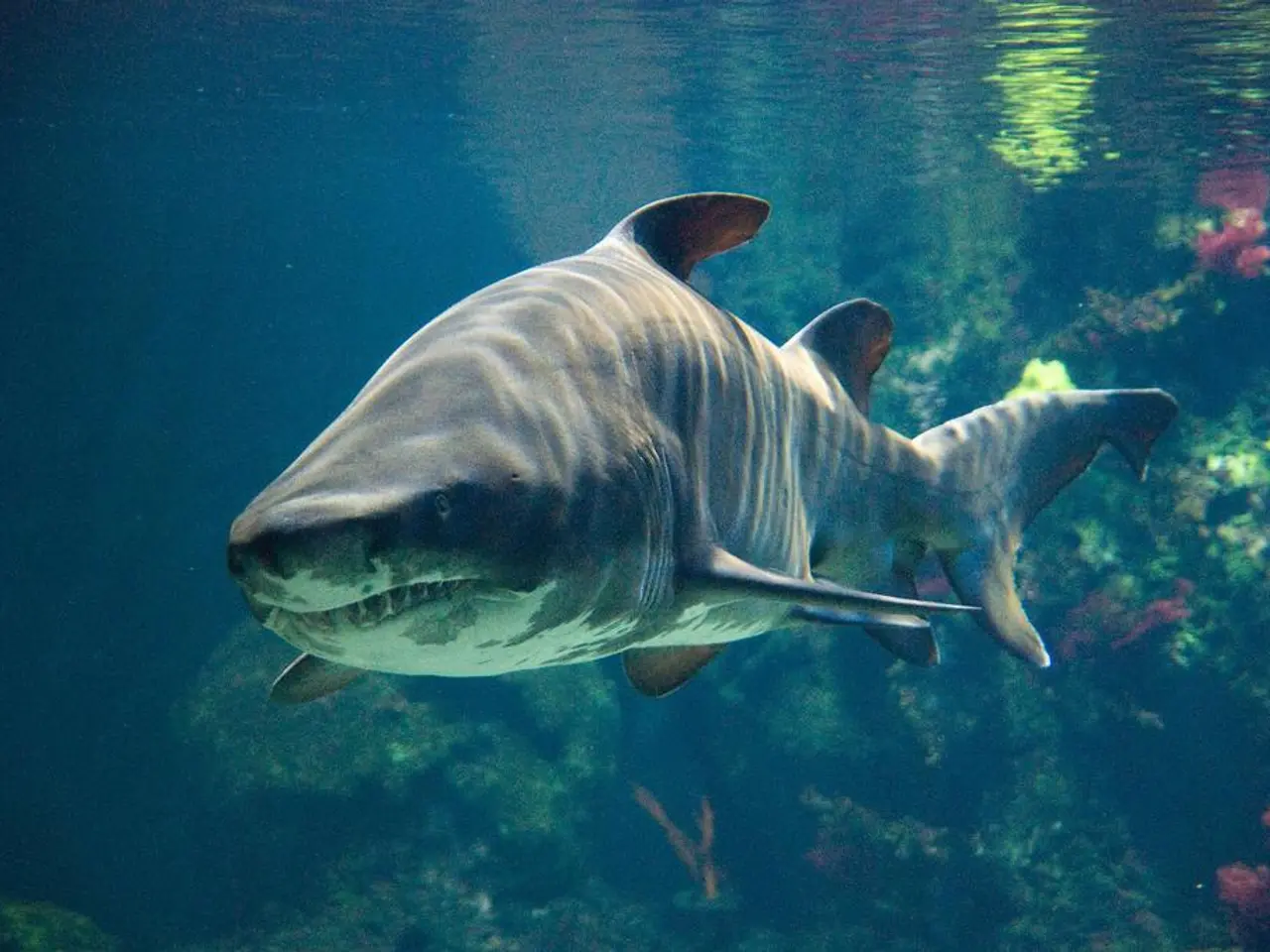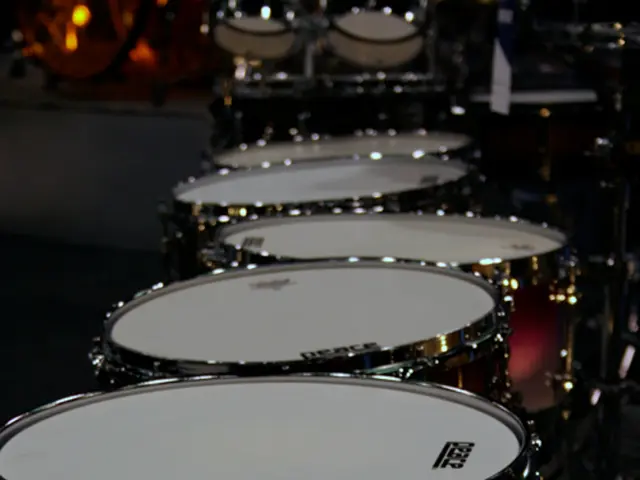A Redisplay: What Makes a Pelican Similar to a Whale?
In a groundbreaking study published in the Anatomical Record, researchers led by Field and his collaborators have discovered that the feeding methods of pelicans and baleen whales are remarkably similar, a result of convergent evolution driven by similar feeding mechanics.
Pelicans and whales, despite not being closely related, share a unique feeding strategy known as "engulfment." This method involves creating a large, toothless maw and an expandable pouch of soft tissue to capture prey. In pelicans, this pouch is called the gular sac, while in whales, it is referred to as the ventral groove blubber.
The study compared the mandibles of various species, including humpback and minke whales, white pelicans, brown pelicans, and double-crested cormorants. The researchers found that the bone structure of these animals is similar due to the stresses exerted during feeding.
Interestingly, the study found that the mandibles of brown pelicans are stiffer compared to their white counterparts, a potential adaptation for their diving bombing approach to feeding. On the other hand, early "baleen whales" such as the 30 million-year-old Aetiocetus had a combination of prominent teeth and tufts of baleen.
The study by Field, Lin, Ben-Zvi, Goldbogen, and Shadwick (2011) also suggests that these findings could potentially be applied to prehistoric forms to detect when both pelicans and baleen whales began enveloping prey in expandable parachutes of flesh sewn to bow-shaped jaws.
An earlier study by Field and his co-authors in 2010 focused on the mechanical implications for rorqual lung-feeding in humpback whales. The DOI for this study is 10.1002/ar.21165. The DOI for the 2011 study is 10.1002/ar.21406.
As the field season begins, the author of the study is embarking on a week-long fieldwork trip for clear thinking and fossil hunting. The search results do not provide information about an article from 2021 regarding the common characteristics of pelicans and whales. However, the findings from the 2010 and 2011 studies provide a fascinating insight into the evolutionary history of these two diverse species.








